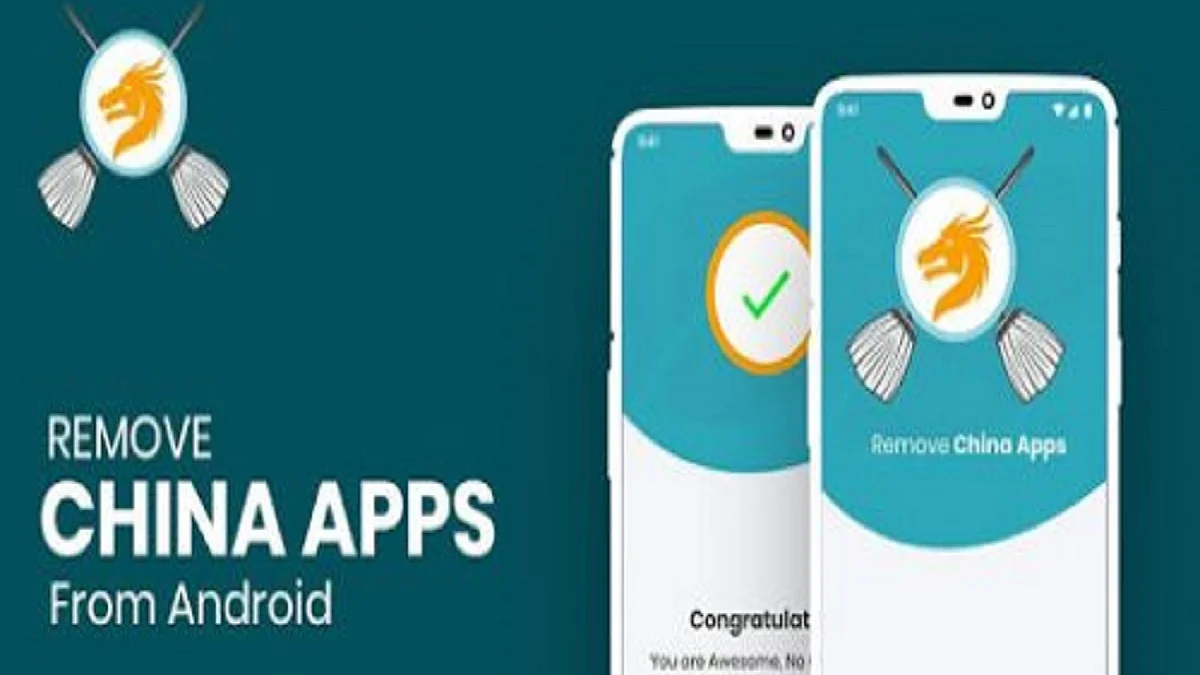Herald View: Boycotting Chinese goods cannot gloss over loss of territory
Sonam Wangchuk, the innovator from Ladakh whose work had inspired parts of ‘3 Idiots’, endorsed the call to boycott Chinese products. But how feasible is it to boycott Chinese products?

Military reverses in Ladakh threaten to affect economic and trade relations with China. Strategic experts now agree that India may have lost a significant chunk of the territory it held on the LAC to the PLA, and with it the military advantage, howsoever slight, that it enjoyed in the area. While commentators like Lt General (Rtd) H.S. Panag have not minced their words to say that reverses were caused by Intelligence and command failure, the reaction from the government has been subdued. While the Prime Minister and the External Affairs Minister have been silent, Defence Minister Rajnath Singh sought to downplay the reverses by saying that both the armies had strayed into disputed territory even earlier; that the only difference this time being that the PLA has advanced ‘a little more’ than in the past.
While India is clearly in no position to launch a military offensive to recover lost territory, some sections of Indians have called for the boycott of Chinese goods by way of retaliation. In a video message, Sonam Wangchuk, the innovator from Ladakh whose work had inspired parts of ‘3 Idiots’, endorsed the call to boycott Chinese products. But how feasible is it to boycott Chinese products?
Despite a certain degree of distrust between India and China, bilateral trade between the two increased from $38 billion in 2007-08 to $89.6 billion in 2017-18. India suffers from a trade deficit though with imports from China increasing by $50 billion during this period while exports to China grew much more slowly by $2.5 billion. However, with India opening up its market for Foreign Direct Investment (FDI) and making it easier for foreign companies to invest, a number of Chinese companies have invested in Indian start-ups and forged partnerships with Indian companies. And despite misgivings in strategic quarters, Chinese investment in the telecom and other sectors has also grown.
Indeed, India imports almost its entire requirement of raw material for the pharmaceutical industry from China. China also accounts for 95% of the world’s production of “rare earths”, elements which are used in high-tech devices, computers and cars. It is also a fact that over the years Chinese firms have cornered a major share of India’s mobile phone market. Apps developed in China or financed by Chinese banks and companies too enjoy a substantial market share here.
While boycott calls are emotive and appeal to people’s jingoistic instincts, they are rarely practical or effective. They also make the task of the political and diplomatic establishment much more difficult. While the government would be well advised to fall back on the experience and wisdom of old China hands like former NSAs Shiva Shankar Menon, M.K. Narayanan and former foreign secretaries Nirupama Rao and Vijay Gokhale, it might also revisit the 2018 report of the Parliamentary Standing Committee on Commerce. The committee had concluded in 2018 that the government’s anti-dumping measures were half-hearted and weak, which allowed China to dump its products at prices lower than the production cost.
It suggested that import duties and GST needed to be rationalised in line with domestic production costs. And while frowning on the heavy dependence of the Indian pharmaceutical and solar industry on China, it wondered why even Chinese bicycles and firecrackers had found their way here. Boycotting goods is the softer option. Making them competitive is the long-term solution.
Follow us on: Facebook, Twitter, Google News, Instagram
Join our official telegram channel (@nationalherald) and stay updated with the latest headlines
